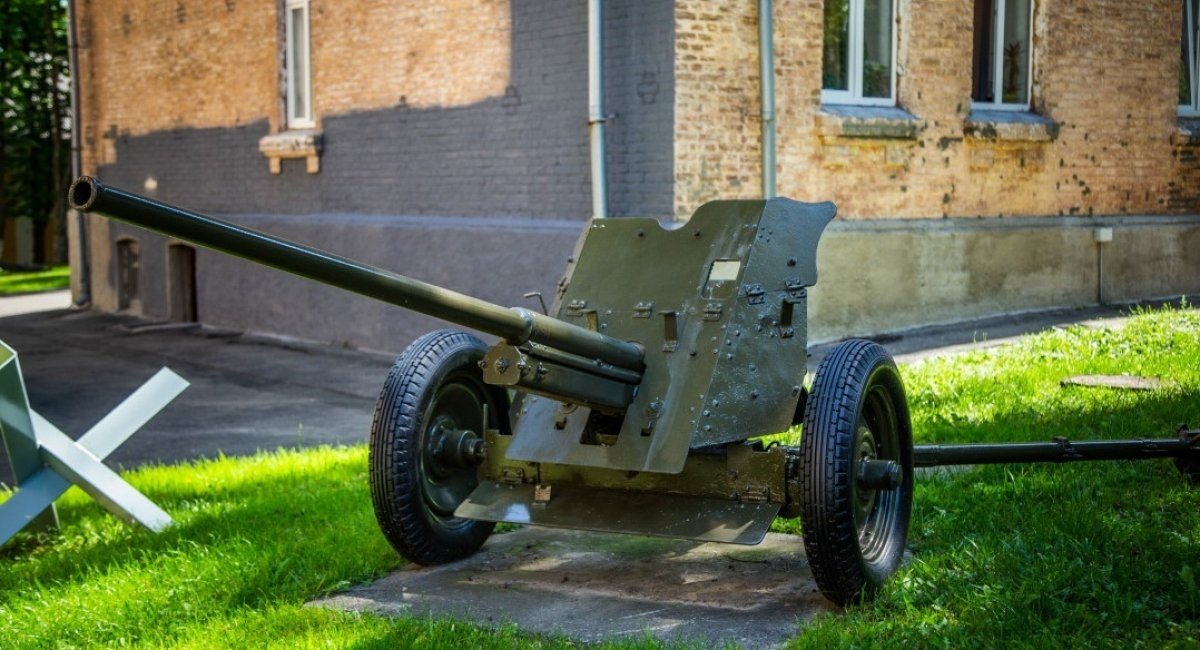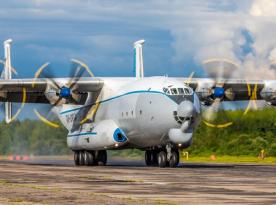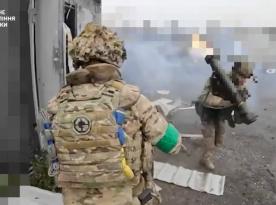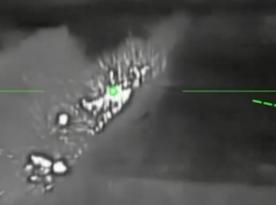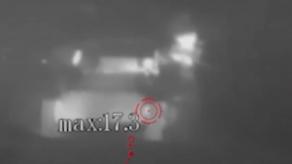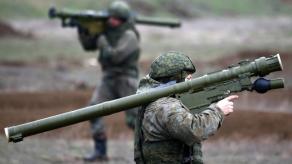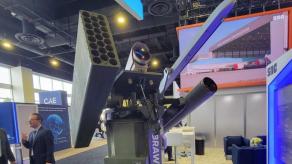At the end of January 2025, a video was posted on social media showing drone operators from the 63rd Separate Mechanized Brigade of the Armed Forces of Ukraine destroying a russian UAZ vehicle with an artillery system on a trailer.
When trying to examine the damaged weapons more closely, it became clear that the russian army had taken the 45-mm M-42 cannons from museums and returned them to service, even though they had been discontinued in 1946. However, it seems that everything looks much more prosaic.
Read more: Radical Solution: russian Forces Deploy Entire Anti-Drone Tunnels in Ukraine
To begin with, we should pay attention to an interesting hypothesis expressed by the authors of Defence24. They note that many images have appeared on social media, raising the question of whether russians are using 45-mm cannons from World War II.
However, a closer analysis reveals that this russian artillery is more similar to 85 mm D-44 or D-48 guns, which were manufactured after World War II. However, instead of the standard guns, it has the 73-mm 2A28 Grom cannon from the Soviet BMP-1 infantry fighting vehicle.
The hypothesis that this case involves russian "hybrids" with guns from BMP-1 and carriages from D-44 or D-48 seems logical, given the availability of ammunition of different calibers.
On behalf of Defense Express, We note that the most likely explanation involves not 45-mm cannons, but those from the BMP-1 based on D-44 or D-48 carriages, as such experiments in the russian army were first reported in the summer of 2024.
It is worth recalling that the 2A28 Grom cannon has a firing range of up to 1.3 kilometers and a maximum range of up to 4.4 kilometers, with a fire rate of 6-8 rounds per minute. All these characteristics suggest that russians may be using such "hybrids" with cannons from the BMP-1 and D-44/48 carriages as heavy infantry weapons at the forefront of their defense.
Moreover, the fact that such 'hybrids' have appeared should be seen not only as a sign of russians' artillery problems, but also as evidence of their efforts to restore Soviet-era armored vehicles. Otherwise, there would be no reason to remove the cannons from the BMP-1 and mount them on carriages.
It should also be noted that the 45-mm M-42 anti-tank guns of World War II era had a range of up to 4.5 kilometers and a fire rate of up to 25 rounds per minute. The 85-mm D-44 gun had a range of up to 15.8 kilometers and a rate of fire of 20-25 rounds per minute, while the 85-mm D-48 gun had a range of up to 18.9 kilometers and a rate of fire of 15 rounds per minute.
Earlier Defense Express reported about russian drone production in North Korea.
Read more: russians Customized Their FPV Drone Minelayers




